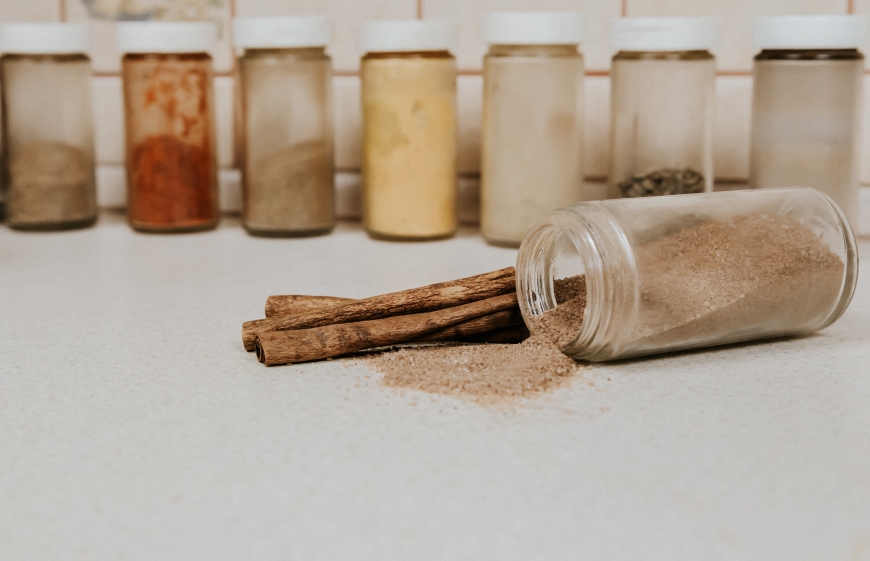Your 101 Guide to COVID-19

The year 2020 has taken a toll on most of us. This is due to the spread of a novel virus strain – COVID-19 throughout the globe. However, this wasn’t always the case. To begin with, it started out at a small food market in Wuhan (China) in late December. Following this, it traveled to countries as far as the Americas and Australia owing to it highly transmissible nature. In fact, it has been a cause of 100 million illnesses and 2.5 million deaths globally.
Thus, it’s no surprise that national and international bodies have adopted aggressive means against the virus. Having said so, the best measure is to simply brace ourselves at home until the vaccine comes out. But how can we protect ourselves (and others) from the virus? Further, how can we detect and possibly alleviate early symptoms? This article addresses your questions.
Causes
The Coronavirus is a zoo tonic form of virus, meaning that they develop in animals prior to human transmission. The most common means of such transmission is physical contact. After this, the virus stays present in respiratory droplets and can travel through your coughing, sneezing, or even talking. In other words, it travels through mostly airborne means. Once this deposits into your lungs and windpipe, it can cause an infection. Similarly, the virus may simply stagnate in the air for hours – after which it enters your windpipe while breathing. This
Alternatively, even touching your face after touching another virus-prone surface or object can cause microbial transfer. In general, the virus can enter your body through your nose and mouth – so make sure to cover these at all times.
Symptoms
The symptoms of COVID-19 can show up between 2-14 days of catching the virus. The most common symptoms include the chills, fever, fatigue, shortness of breath, and an increasingly severe cough. In more severe cases, you may additional face a headache, sore throat, muscle pain, nose blockage, gastrointestinal issues, ligament discolouration, and rashes. Most importantly, remember that you may face a few, none, or all of these symptoms – they vary from person to person. Further, existing findings are inconsistent too. For instance, a study conducted in July 2020 finds that only 11.6% of patients with a mild form of the virus went through symptoms.
If you do suspect a mild form of the flu, then read on below for further details on next steps.
Distinguishing COVID-19 from the Flu
The seasonal flu is a common illness which most people acquire through dust, microbes, or allergies. It can result in similar (or identical) symptoms, such as coughs, chills, body aches, headaches and the fever. This can definitely be lethal. For instance, the USA’s Centre for Disease Control and Prevention (CDC) reports that the 2019-20 flu season sparked a death rate of 0.04-0.16% (as of April 4th, 2020). In contrast, the COVID-19 virus is definitely more severe – causing 1.80% confirmed deaths as of March 21, 2021. In either case, its best to treat both of these with equal weightage.
Distinguishing Mild and Severe Cases of COVID-19
The National Institute of Health (NIH’s) treatment guidelines notes of that those with milder forms may experience both basic and additional symptoms. However, they are likely to lack shortness of breath or abnormal chest imaging. Nevertheless, even milder forms can have lasting impact. For instance, a February 2021 research letter notes that one-third of COVID-19 patients faced symptoms for upto 9 months post infection. On the other hand, a December 2020 study finds that 17% of COVID-19 patients are asymptomatic.
Another evaluation of 13 studies shows that 13% of patients are asymptomatic. Further, data shows that the actual number is 75% when patients go through a positive polymerase chain reaction (PPCR).
In contrast to mild cases, severe ones come with breathing problems, blueness of the lips and face, chest pain and pressure, and severe fatigue. Make sure to call ambulance services immediately if you (or people nearby) indicate some of these. In addition, the CDC is actively looking up instances of other symptoms.
Risk Levels
Living with a COVID-19 patient is among the biggest risks for persons of all ages and health conditions. You are namely at a higher risk by caring for such a patient, or have an intimate partner having the virus.
In addition, older adults (60+) are especially more vulnerable to risk. This can become worse with health conditions such as cancer, obesity, diabetes, poor immunity, or certain cardiac, kidney, and pulmonary diseases.
Pregnant women can also be at greater risk. Studies show that pregnant women enter the intensive care unite (ICU) three times more than their non pregnant counterparts. This is the case with mortality rates as well. Further, a study from September 2020 shows that pregnant women with COVID-19 are more likely to have a preterm birth than those without the virus. While mother-to-child transmission during pregnancy isn’t that likely, the newborn can contract the virus right after birth.
Diagnosis
As with similar illnesses, you can test positivity of the virus through blood, saliva, or tissue samples. However, most tests use sample from your nostrils. While clinics and hospitals are the most common testing sites, even some pharmacies and some community health centres offer this service. You can contact you nearest health centre to find of they offer COVID-19 testing.
If you have even mild symptoms, make sure to contact your doctor straight away. They will tell you whether you should self-quarantine at home or visit a hospital for urgent care. In most cases, self-isolation is the best practice to prevent the virus from spreading to others.
Prevention Tips
Firstly, the most common and effective tip is social distancing. Maintain ideal distance (6 feet) while talking or conversing, and avoid physical contact as much as possible. Along similar lines, try to avoid crowds or gathering. Above all, be sure to weak a mask as you step out in public. In fact, many people even recommend double masking as an extra step.
Secondly, wash your hands for at least 20 seconds with soap, before eating and after coming back from outside. Alternatively, make sure to carry a hand sanitiser when you’re outside and a sink may not be present. In general, it helps to avoid touching your face even with clean hands.
Thirdly, regularly clean daily objects and appliances. For instance, it helps to disinfect your computer(s), doorknob(s), or phone(s), and wash cooking utensils with water and soap. Likewise, be sure to disinfect objects and appliances arriving from outside too.
Takeaways
COVID-19 is a lethal virus which has brought the world to a grinding halt today. Worst of all, it is among the most quickly transmissible viruses which renders its surrounding people at an even higher level of risk. Thankfully, there are some easy tips you can use to keep the virus at bay by social distancing and proper hygiene habits. Overall, make sure you are wary of the spread of the virus in your area and in touch with your local health provider.
Check out six natural immunity boosting foods here to fight the virus.
Click here to join us at Mekosha for an Ayurvedic retreat in Kerala.








